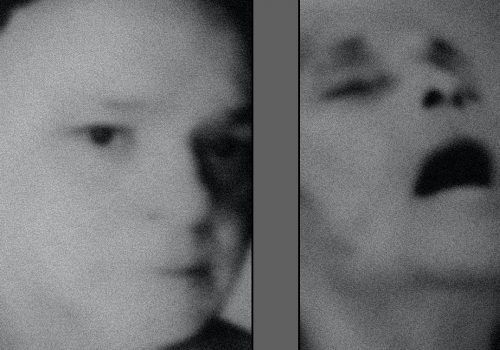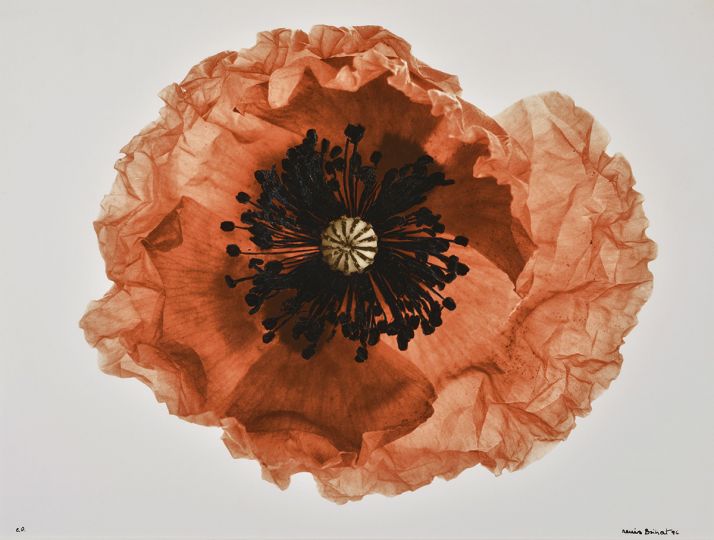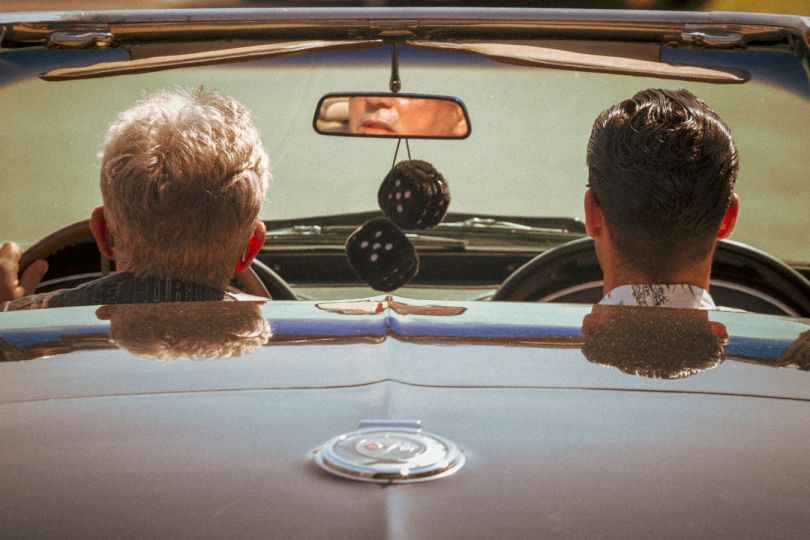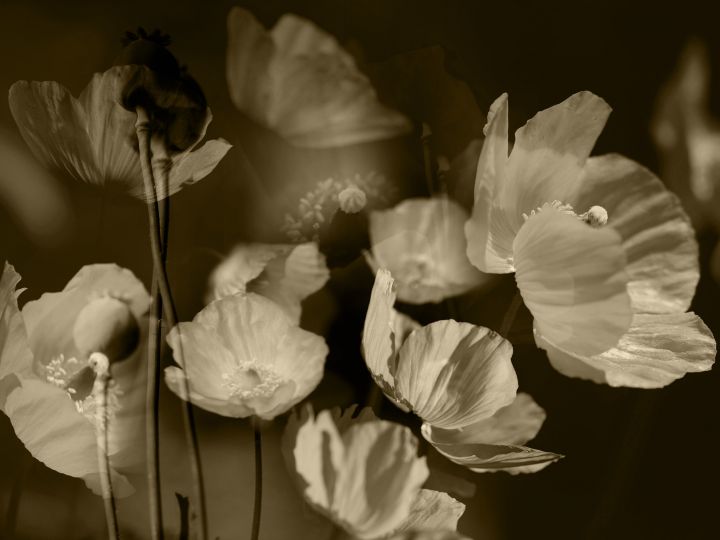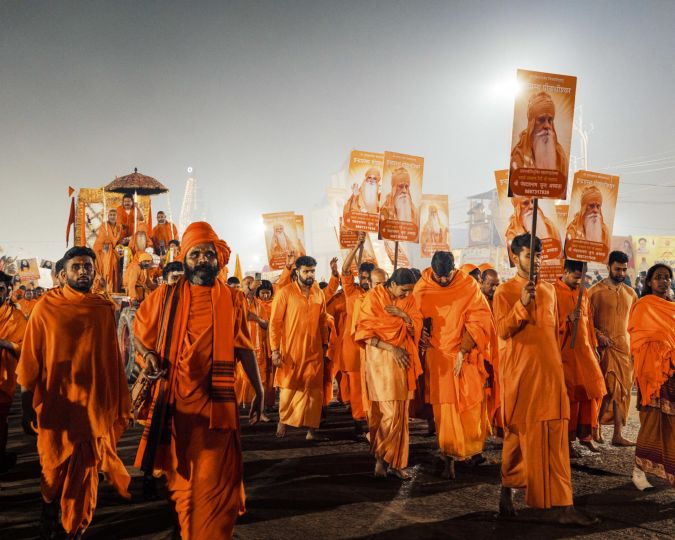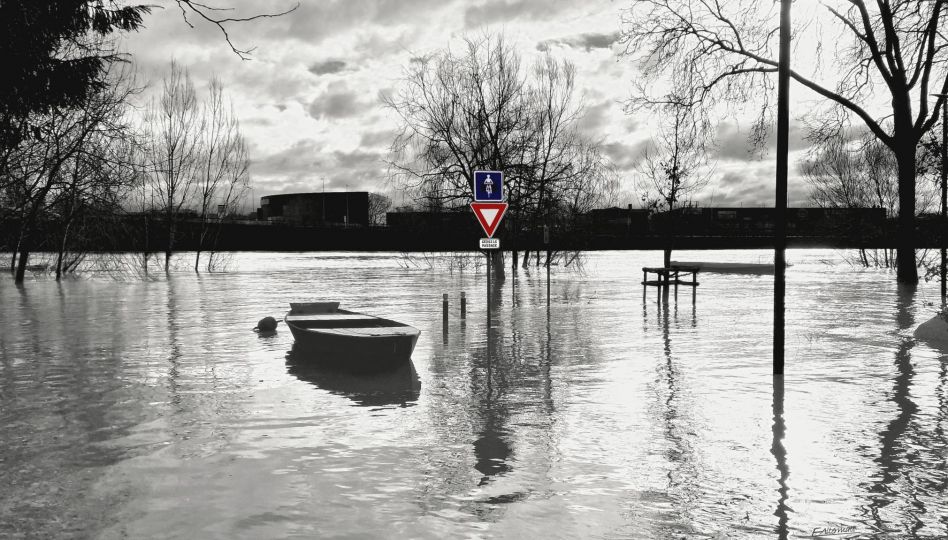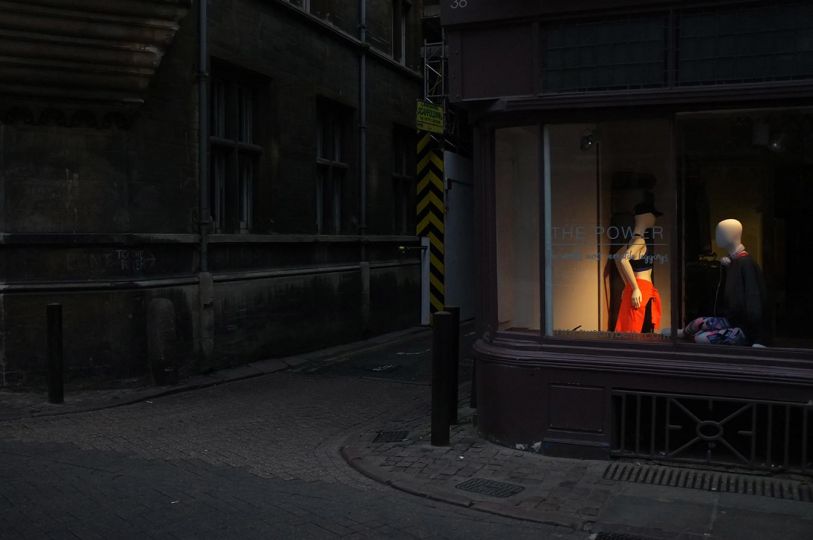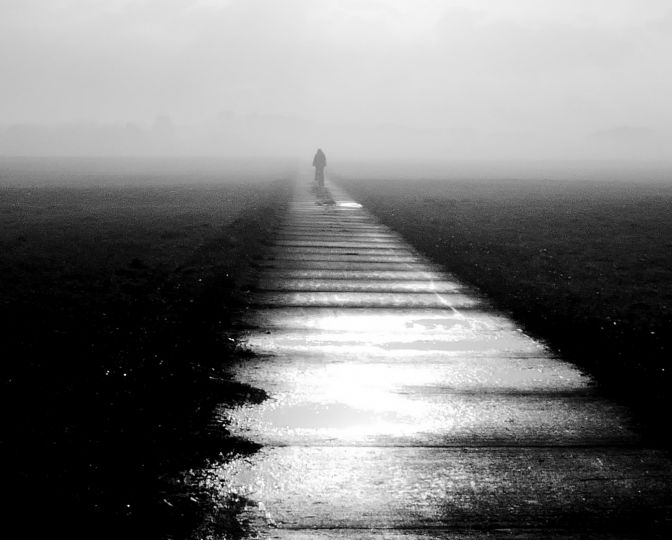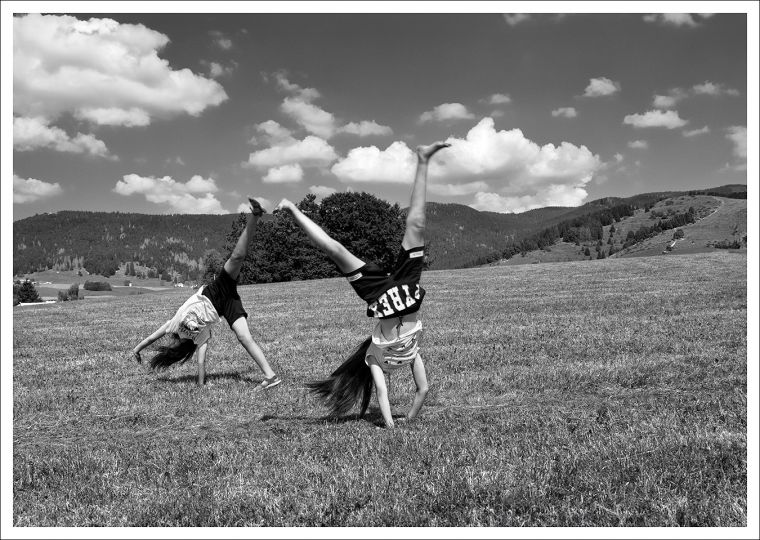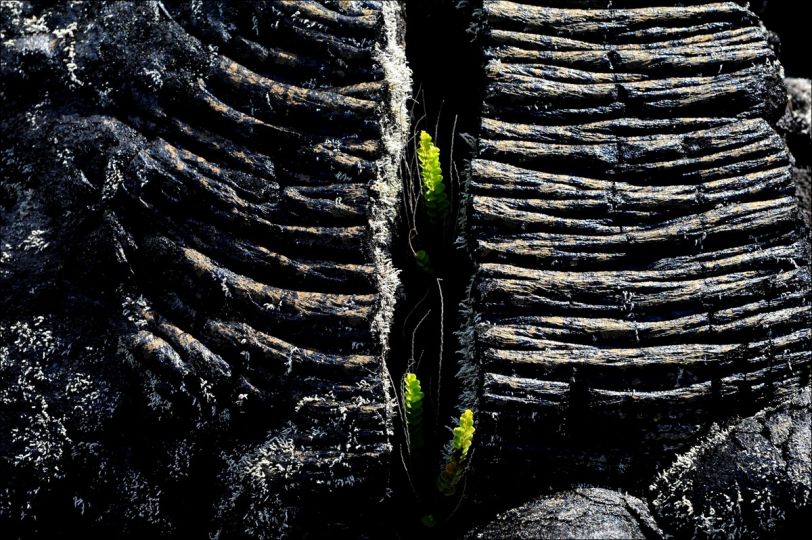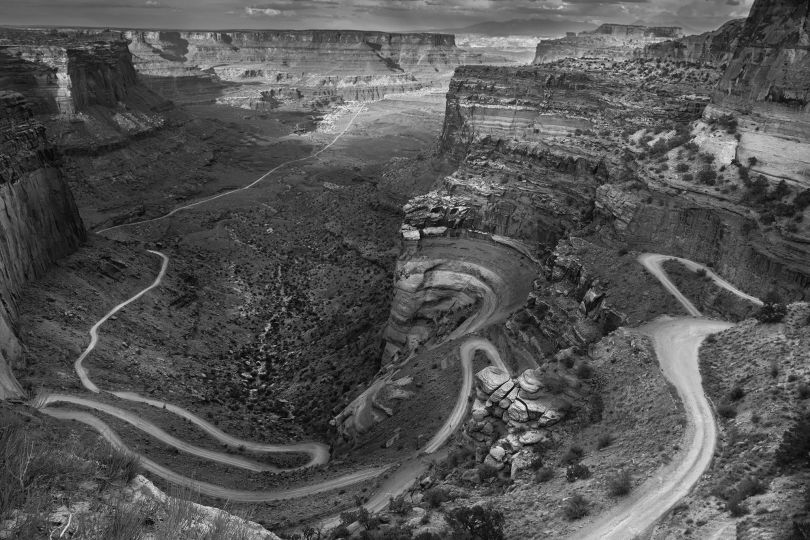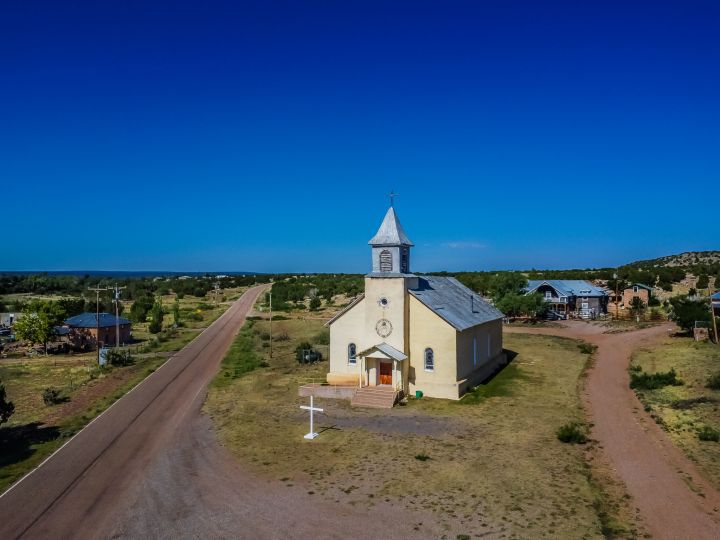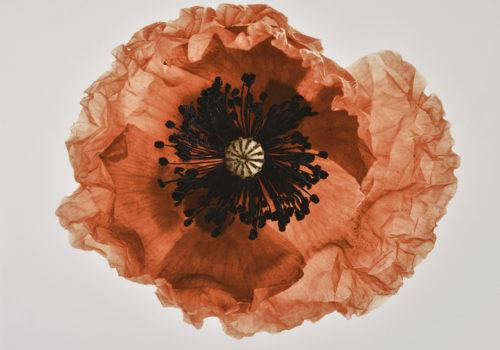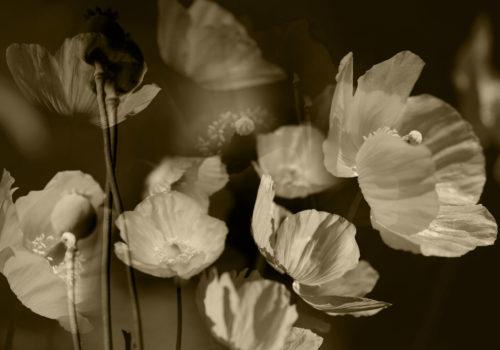The Lost Ones: Dark Self-Portraits (2017-19)
My approach to the self-portrait, as a resembling or disfigured portrait, is the photographic genre that I have been practicing since the last years of 1990. This production is led, directly or indirectly, by the reference to the enlarged autobiographical dimension.
If I state that my self-portraits represent me first, I express that they also become – in the narration of the whole corpus – portraits of characters from marginality, a marginality that is both fictitious and real . In this sense, my relationship to marginality is linked to my personal life history (homosexuality, rejection and intimidation of male chauvinists, depression) and to my family history (madness) as it is constantly reshaped, in my imagination, by my hyperactive relationship to artistic creation and my anthropological link to symbolism. Like me – appearing in the self-portrait – these characters are lost, either the trannies and the trans-genres (No 5, 15) and more particularly the crazy ones (Nos 2, 3, 4, 6, 7, 8, 9, 10, 11, 12, 13, 14, 16, 17)

